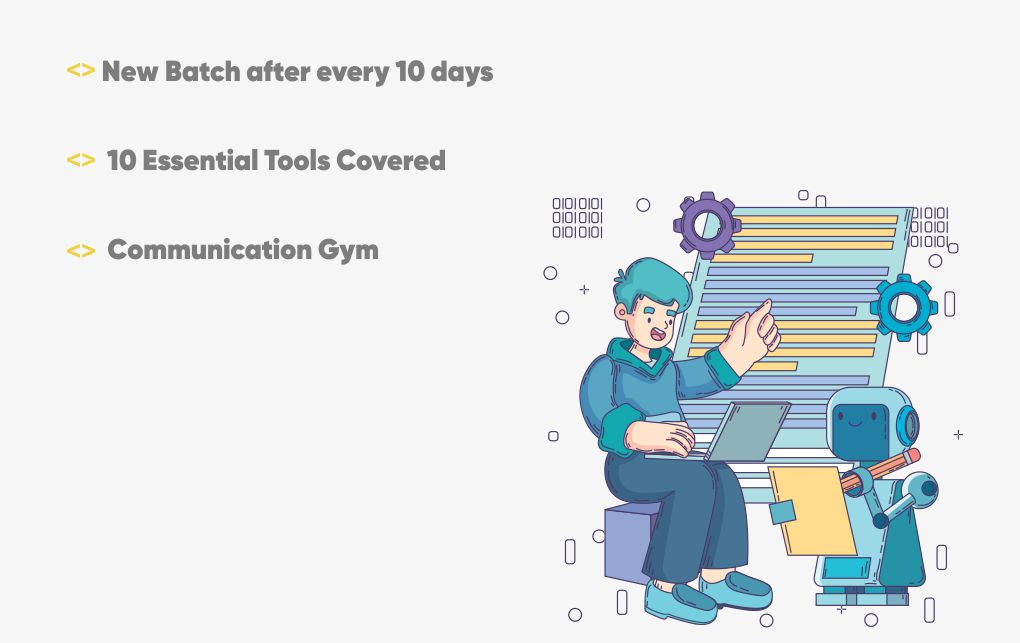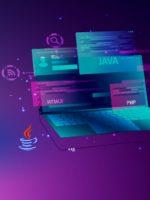Machine Learning in Data Science course in Pune with 100% Placement Assistance
In the dynamic landscape of data science, the symbiotic relationship between data science and machine learning is paramount. This integration is driving us toward a data-driven future in which transformative insights can be generated by the combination of machine learning and data analytics technologies.
The Intersection: Data Science and Machine Learning
The concept of “Machine Learning in Data Science” sums up a field in which pattern recognition and predictive modeling serve as the foundation for analytical procedures. This combination of disciplines is more than just two approaches coming together; it’s a powerful force that takes organizations to new heights in terms of decision-making and problem-solving.
Data Science and Machine Learning Making Data Driven
The story of machine learning and data science is one of empowerment. In this story, data—which was formerly a passive entity—becomes an active agent that directs organizational responses and strategies. This collaboration allows for proactive and flexible decision-making by forecasting future trends in addition to analyzing past data. When data science and machine learning are combined, data becomes the true engine of innovation.
The Patterns: Data Analytics and Machine Learning
Finding significant patterns in large datasets is the core of this synergy. Machine learning goes beyond data analytics by identifying intricate patterns and forecasting future outcomes, while still providing insight into past trends. The combination of machine learning and data analytics makes sure that every bit of information helps with both foresight and hindsight.
The Python Paradigm: Python for Data Science and Machine Learning
Python, a versatile and powerful programming language, serves as the backbone in this data science and machine learning ecosystem. Because of its vast library and flexibility, it is the preferred language for conducting analyses and implementing algorithms. The phrase “Python for Data Science and Machine Learning” is more than just a claim; it is proof of the usefulness and effectiveness that Python provides to the field of data-driven discovery.
In conclusion, “Machine Learning in Data Science” acknowledges the transformative synergy that results from the intersection of these fields rather than merely contrasting terms. This collaboration turns into an indicator that helps us navigate the complexities of data, pointing the way toward efficiency, creativity, and a future where data-driven insights inform the choices that impact our world.
























